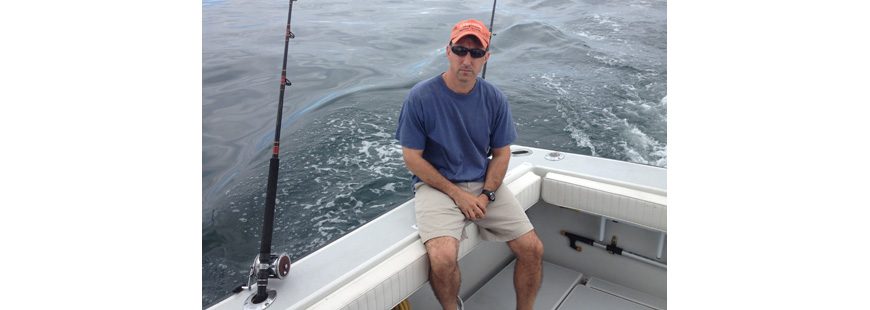At year’s beginning, many of us take stock and plan for the future. So it is with U.S. fisheries. Once again the nation’s annual checkup found stocks in good health. The annual Fisheries of the U.S. 2015 showed that commercial catches are trending slightly upward across the board compared to 2014. In fact, after hitting a low point in 2009, U.S. commercial landings climbed to their highest level in 2011 and have hovered there ever since. Recreational catches also increased in 2015 compared with the previous year.
Edible and commercial landings by U.S. fishermen in ports of the 50 states totaled 9.7 billion pounds. In addition, close to 55 million pounds was landed by U.S. fishermen in ports outside the 50 states. Edible fish and shellfish accounted for most of this catch, and this is reflected in an increase in per capita consumption: in 2015 Americans ate almost one pound more fish than the previous year.
Much credit for our healthy oceans, robust fish stocks, and abundant catches must go to the Sustainable Fisheries Act of 1996 and the Magnuson-Stevens Reauthorization Act of 2006. Before these laws, the ocean’s cornucopia began to empty as some stocks became alarmingly scarce by the mid 1990s.
Then Congress passed the Sustainable Fisheries Act in 1996, giving a clear rationale for managing commercially important stocks. In time populations began to recover, but the progress was uneven. Some populations improved, others did not. Inherent problems remained. Bycatch, discarding unwanted fish that were too small or for which the crew had no permit, depleted some stocks. At the same time, overfishing, or catching fish faster than they could effectively reproduce, still remained in some fisheries. Moreover, inadequate data on the extent of important species and the causes of their decline made it hard to arrive at a consensus on regulations.
With the reauthorization of 2006, Congress further improved the law, adding science-based catch limits to curb overfishing and accountability for rebuilding overfished stocks. The enhancements of the 1996 and 2006 reauthorizations significantly improved the long-term health of fisheries, helped strengthen the small businesses in fishing communities, and recognized the critical role of robust ocean ecosystems for sustaining all fishing activities.
Of course, the results were not immediate; some stocks continued a slow decline between 2007 and 2010. It takes time for species to rebuild, time for small fry to reach reproductive maturity and begin rebuilding the population. It also took time for fisheries managers to implement the new rules and for fishermen to adjust to them. Recreational and commercial fishing, however, slowly began to improve. By 2011, for example, commercial landings had climbed back to their highest level since 1997. And as the Fisheries of the U.S. 2015 report demonstrates, we have reason to believe this trend will continue into the future.
So during this time of New Year’s resolutions to improve ourselves, think about how the far-reaching and far-sighted improvements to the Magnuson-Stevens Act have created more fishing opportunities for all of us today. And let’s ask our elected officials to maintain the law’s standards and keep it strong for decades to come.



I do not even understand how I ended up right
here, however I assumed this publish was great.
I don’t know who you aare however definitely you’re going to a well-known blogger
for those who aare not already 😉 Cheers!
Outstanding post, you have poihted out ome fantastic points, I likewise conceive this
is a very great website.
Yay google is myy king helped mme to find this outstanding website!